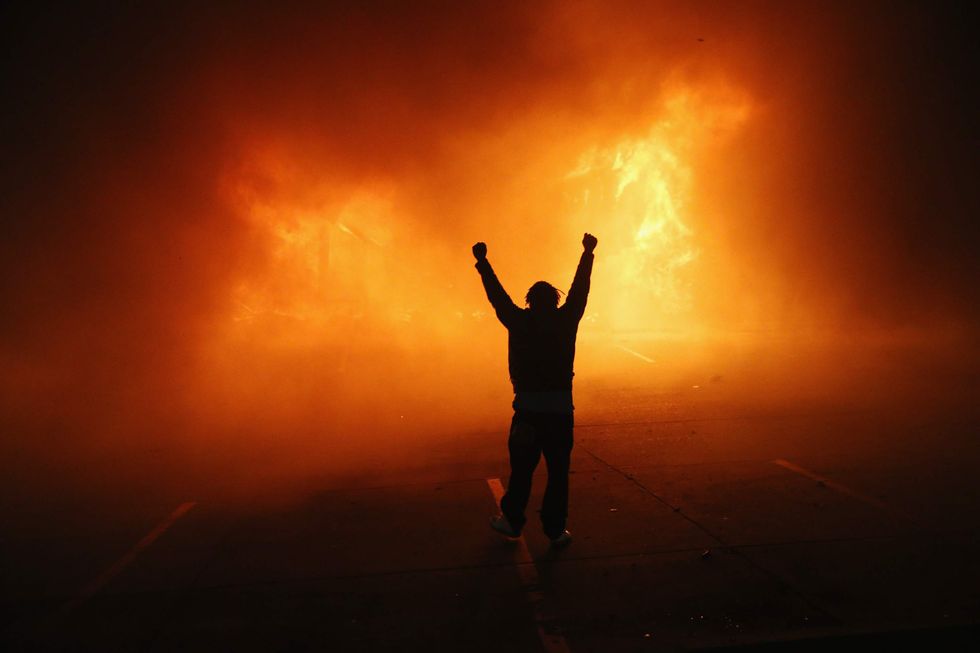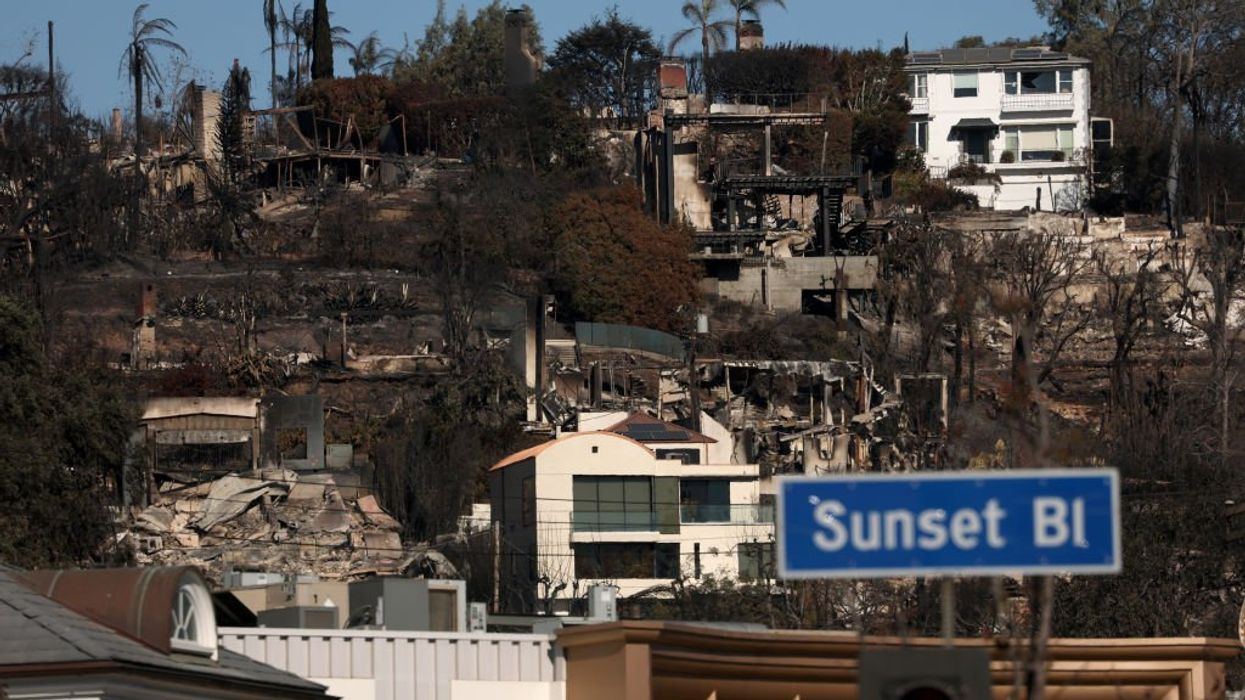The day was Aug. 11, 1965. California Highway Patrol Officer Lee Minikus pulled over a 21-year-old black man named Marquette Frye on suspicion of drunk driving. As Officer Minikus administered a field sobriety test, a small crowd of residents in the California town of Watts began to gather and watch.
Initially, the crowd was friendly, joking with Officer Minikus and peacefully milling about. Frye's mother appeared on the scene and scolded her son for driving drunk.
It seemed like an ordinary, peaceful arrest. No one present could have predicted that this ordinary DUI stop would soon spin out of control and derail the entire United States civil rights movement with it.
The high water mark of civil rights reform
When Minikus turned on his flashing lights on that fateful day, the civil rights movement had just won a series of heady victories. Five days earlier, President Lyndon B. Johnson had signed into law a revolutionary Voting Rights Act that promised to at long last enfranchise blacks across the country and place them in control of their own political destiny. The previous year, Congress had passed a civil rights act that many activists had begun to believe would never come. It seemed that the march of justice and civil rights would continue unimpeded for the foreseeable future.
Then, slowly, events in Watts began to spiral out of control. Minikus called for backup in response to the fact that he found himself badly outnumbered by a peaceful crowd of onlookers. Frye's mother, Rena Price, became increasingly belligerent and irate. Someone in the crowd shoved her. Someone else in the crowd struck Frye. For reasons that are unclear (perhaps Price believed that the officer had struck her son), Price jumped on a police officer. Another officer who was present pulled out a shotgun and brandished it in an attempt to gain control over the situation. Another tried to subdue the increasingly unruly Frye with force. A larger crowd began to gather and throw objects at the police.
By the end of the night, a minor disturbance had turned into a full-fledged riot that would eventually engulf a huge swath of Los Angeles. Over the next six days, America would watch in horror as the riots claimed 34 lives and caused more than 1,000 injuries, as well as over $40 million in property damage to innocent store owners.
The tide recedes
The rioters in Watts believed that they had won. In the short term, they had reason for optimism, as both Los Angeles and California officials passed a series of measures designed to mollify the rioters and ease racial tensions in the area. In retrospect, however, it is clear that the Watts riots effectively ended the momentum of the civil rights movement. Civil rights activists believed that Watts proved that violence "worked," and the nonviolent protests of Martin Luther King Jr. were systematically replaced by violent protests, riots, and looting.
As historian Stephen Hayward has chronicled, in the fall of 1965 the civil rights movement was broadly very popular, even enjoying plurality support in the South. By 1968, multiple polls would show that a plurality of Americans had come to believe that the civil rights movement had "gone too far," and angst over unrest in the streets contributed significantly to Richard Nixon's election in 1968. Never again would the civil rights movement achieve anything as momentous as they did in 1964 or 1965.
What does this have to do with today?
Americans, by and large, are people who believe in justice and fairness. If a given community feels that they are receiving unfair treatment from their government, we are usually willing to listen. Just look, for instance, at the way Black Lives Matter protesters were received on stage at a pro-Trump rally recently:
The key condition, though, is that Americans have to feel that you will state your case peacefully and without resorting to violence. Without that, expect Americans to tune you out and shut you down.
Real, meaningful change — the kind that comes when 65-70 percent of the country supports your cause, as it did during the mid-1960s — can only be brought about by peaceful protest.
One thing that Martin Luther King Jr. understood, like so many activists before him, is that in a democracy, the first side that resorts to violence loses. Jim Crow lost in the early-to-mid '60s because the agents of Jim Crow resorted to violence first. When Watts changed that dynamic, the civil rights movement lost.
As someone who agrees with BLM that America needs to re-examine its attitude toward police accountability, it is imperative that the violence and rioting must end. The sad scene at Georgia Tech last night, the ugly weekend in St. Louis, and so many other similar incidents have tarnished the image of a necessary movement and set the cause back years.
It's time to learn from what happened in Watts. If the goal is real, meaningful change, the movement must recommit to peace and exercise discipline among those in their ranks who refuse to adhere. Otherwise it will be stuck in this holding pattern forever.




